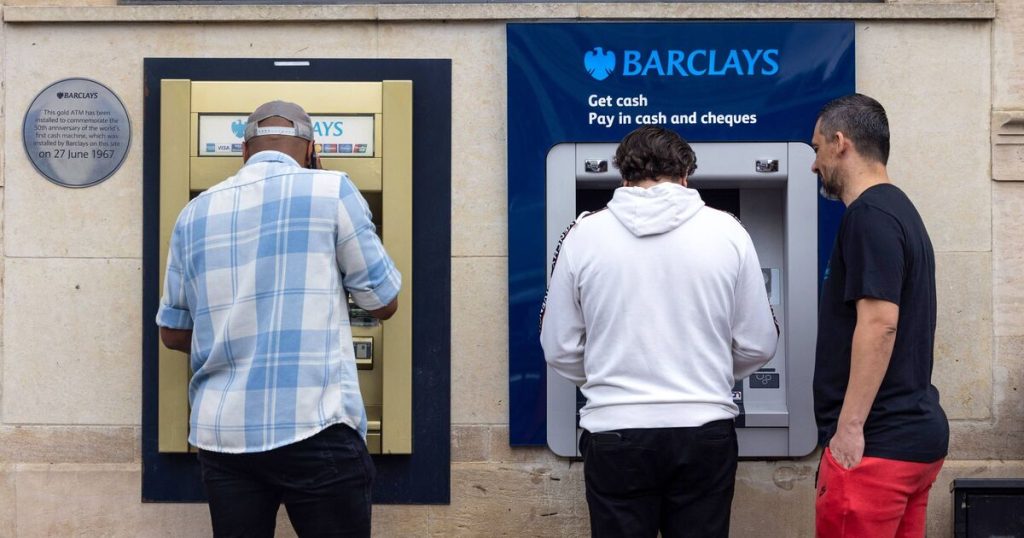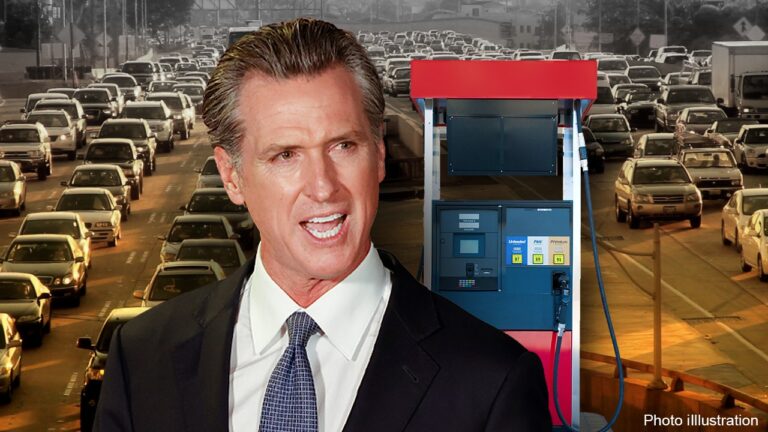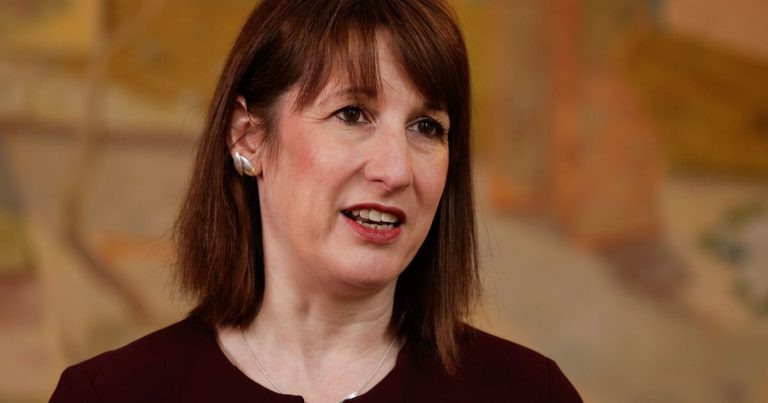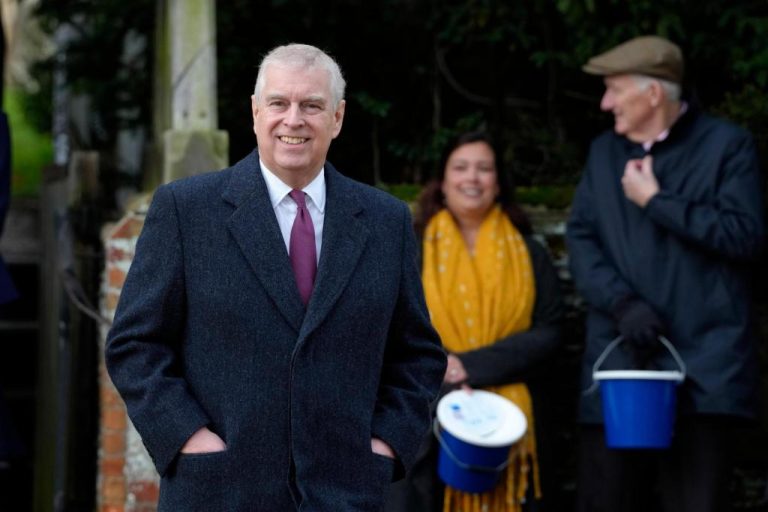
More Universal Credit claimants can get a significant perk as changes to a savings scheme means far more will be able to benefit.
From April 6, the Help to Save initiative is broadening its embrace to all UC recipients engaged in work – not just those earning over a certain amount.
The Help to Save scheme can offer up to a hearty £1,200 extra a year for free depending on how much the person puts in.
Last August, Chancellor Rachel Reeves announced an extension on the program, pushing its benefits until April 2027. Designed for those on Working Tax Credit or Universal Credit, this savings account put in 50p for each pound saved across four years.
Deposit freedom ranges between £1 and £50 monthly, with no strings attached to make contributions each time the calendar flips a page.
Money expert Martin Lewis has thrown his backing behind the scheme, applauding its merits. HMRC has said: “Did you know you could make 50p for every £1 you save with a Help to Save account? It’s a secure and flexible way to build up your savings pay in what you can, when you can. If you receive Working Tax Credit or Universal Credit you might be eligible.”
Savers can top-up their nest eggs through a number of ways: debit card, standing order, or bank transfer, without fretting over a cap on contribution frequency—just respect that £50 ceiling.
The HMRC said: “You’ll get any bonuses you’ve earned even if you withdraw money. After your first 2 years, you’ll get a first bonus if you’ve been using your account to save. This bonus will be 50% of the highest balance you’ve saved. After 4 years, you’ll get a final bonus if you continue to save.”
Furthermore, they cautioned those aiming for the maximum reward, “If your highest balance does not increase, you will not earn a final bonus.”
Help to Save is designed for those on lower incomes, allowing them to sock away up to £50 each month and possibly getting £1,200 in bonus funds after four years. The HMRC clarified that the tempting bonus gets directly deposited into the individual’s bank account instead of the Help to Save account, with the guidance adding that withdrawals must only be transferred to a linked bank account.
Once an account is opened, it concludes its run after four fruitful years; there are no redos or chances for another Help to Save account. The HMRC ensures that at this point, savers can pocket their savings and any accrued interest, stating simply, “You’ll be able to keep the money from your account.”
HMRC has broken down exactly how savers could benefit from the ‘Help to Save’ scheme if they play their cards right: “You pay in £25 every calendar month for 2 years. You do not withdraw any money. Your highest balance will be £600. Your first bonus is £300, which is 50% of £600. In years 3 and 4 you save an extra £200 to grow your highest balance from £600 to £800. Your final bonus is £100, which is 50% of £200. Even though you withdrew some money after your balance was £800, this does not affect your bonus.”
Martin Lewis has hailed the Help to Save initiative as a golden opportunity, previously praising it on the social media site X: “If you know anyone on Universal Credit especially please do share this with them. It’s an unbeatable form of savings, that can add serious cash with no risk.”
Moreover, Lewis, an advocate for consumer rights and financial education, has recommended people to take full advantage of this government scheme that rewards saving efforts with a substantial 50% bonus, noting: “So look in help to save. If you’re eligible for it, you can put up to 50 quid a month in over two years, and then at the end you get 50% of the highest amount in.”
Martin Lewis has highlighted a crucial savings tip that could secure your financial future. “So let’s just think of this. You put £50 in a month for a year, you’ve got 600 quid. You have a nightmare because this is all about building financial resilience and getting people to have some savings. You have a nightmare, your fridge is broken.
“You need it for the kids. You spend your 600 quid you can’t afford to put any more in. At the end of the two years, the highest amount you had in was £600. You get 50% of that, which is £300. So you get £300 and then whatever you’ve got in at that point, they do it again for the next two years, comparing what you have at the end with what you’re having at the beginning, and you get a 50% bonus.”
Myrtle Lloyd, HMRC’s Director General for Customer Services, is rallying for increased participation: “Hundreds of thousands of people are benefitting from Help to Save. It’s a great way of saving whatever you can and the government will top up your savings by 50%. It’s quick and easy to apply online or via the HMRC app. Just search ‘Help to Save’ on GOV.UK to find out more and apply today.”
Click here to access the scheme directly.






